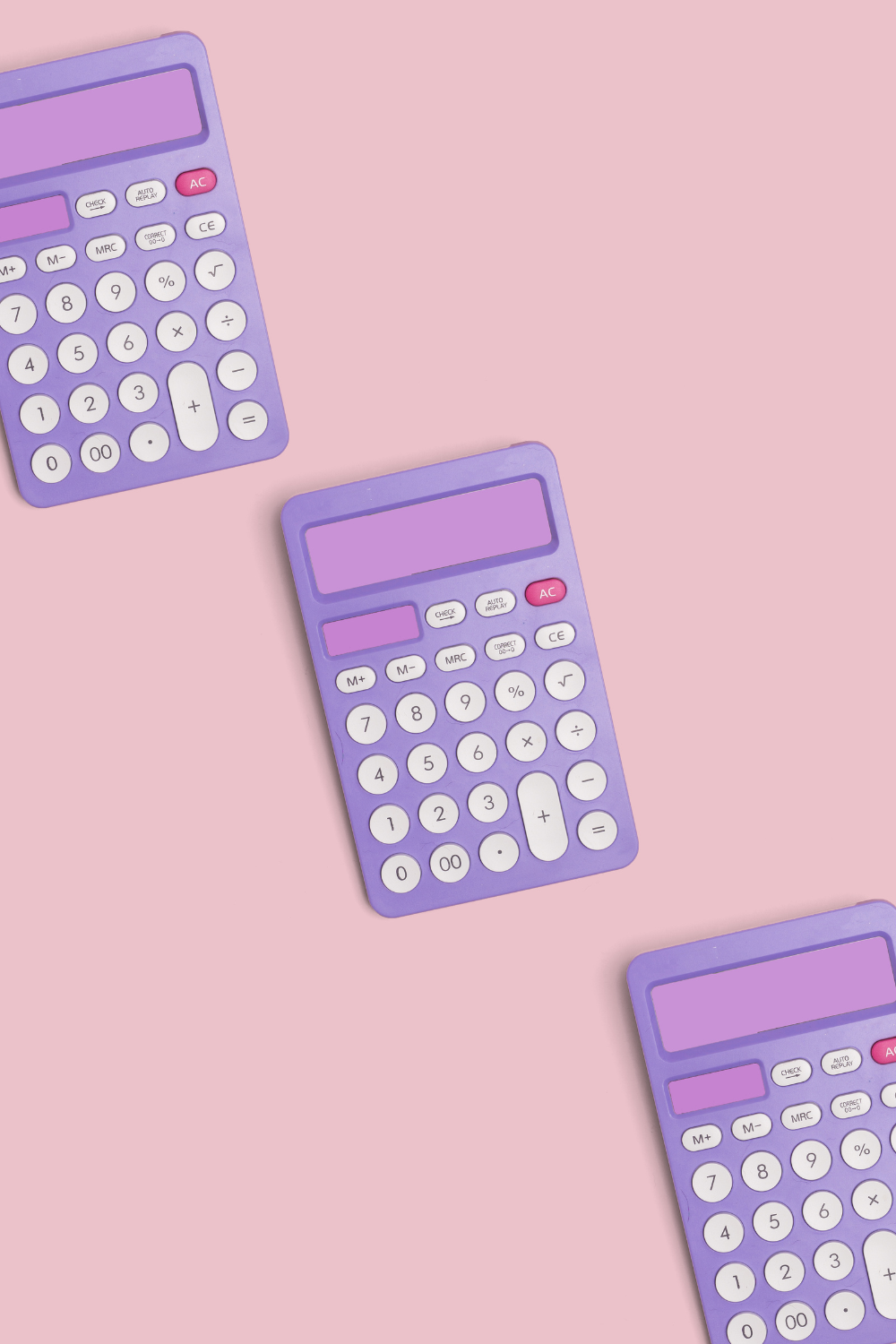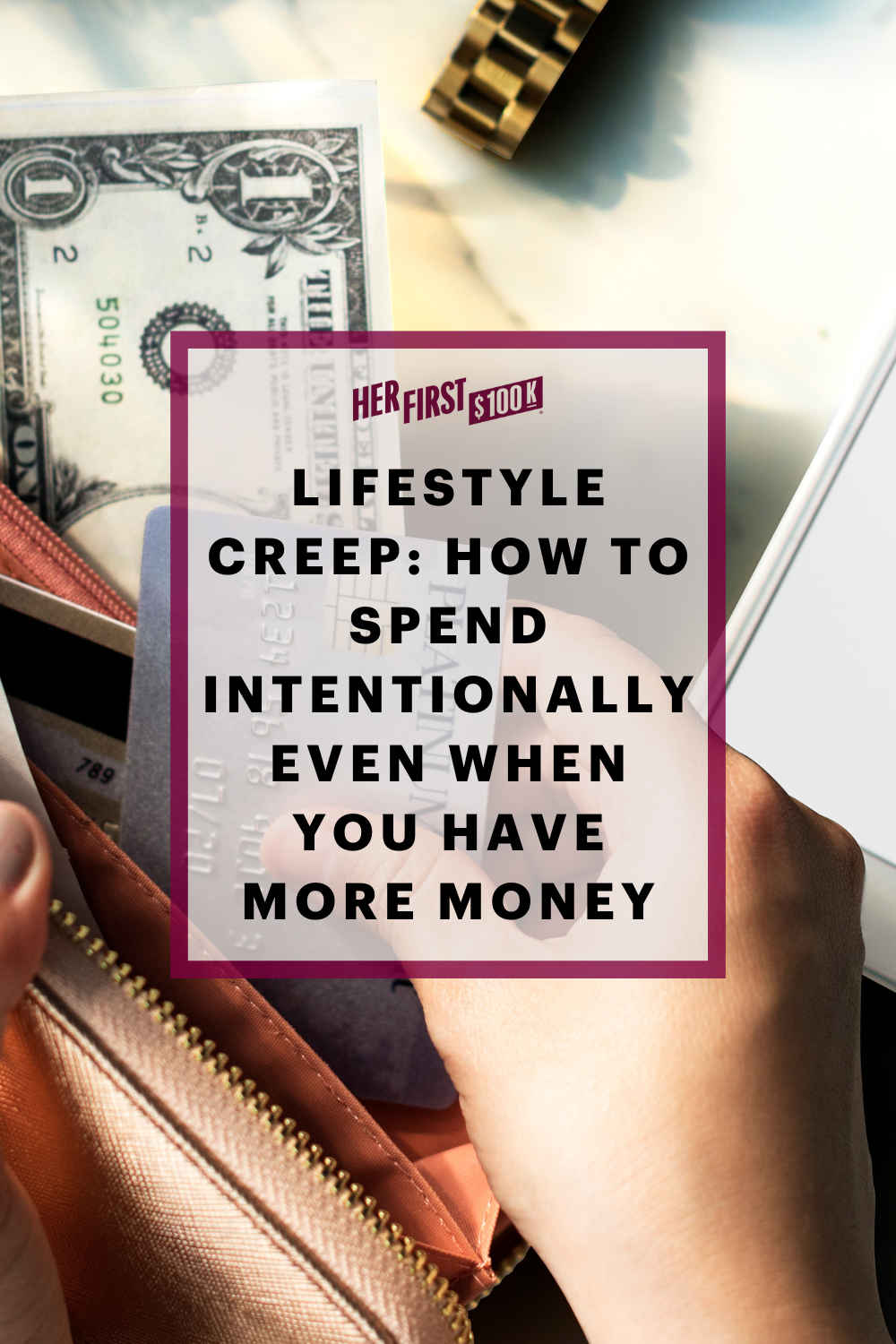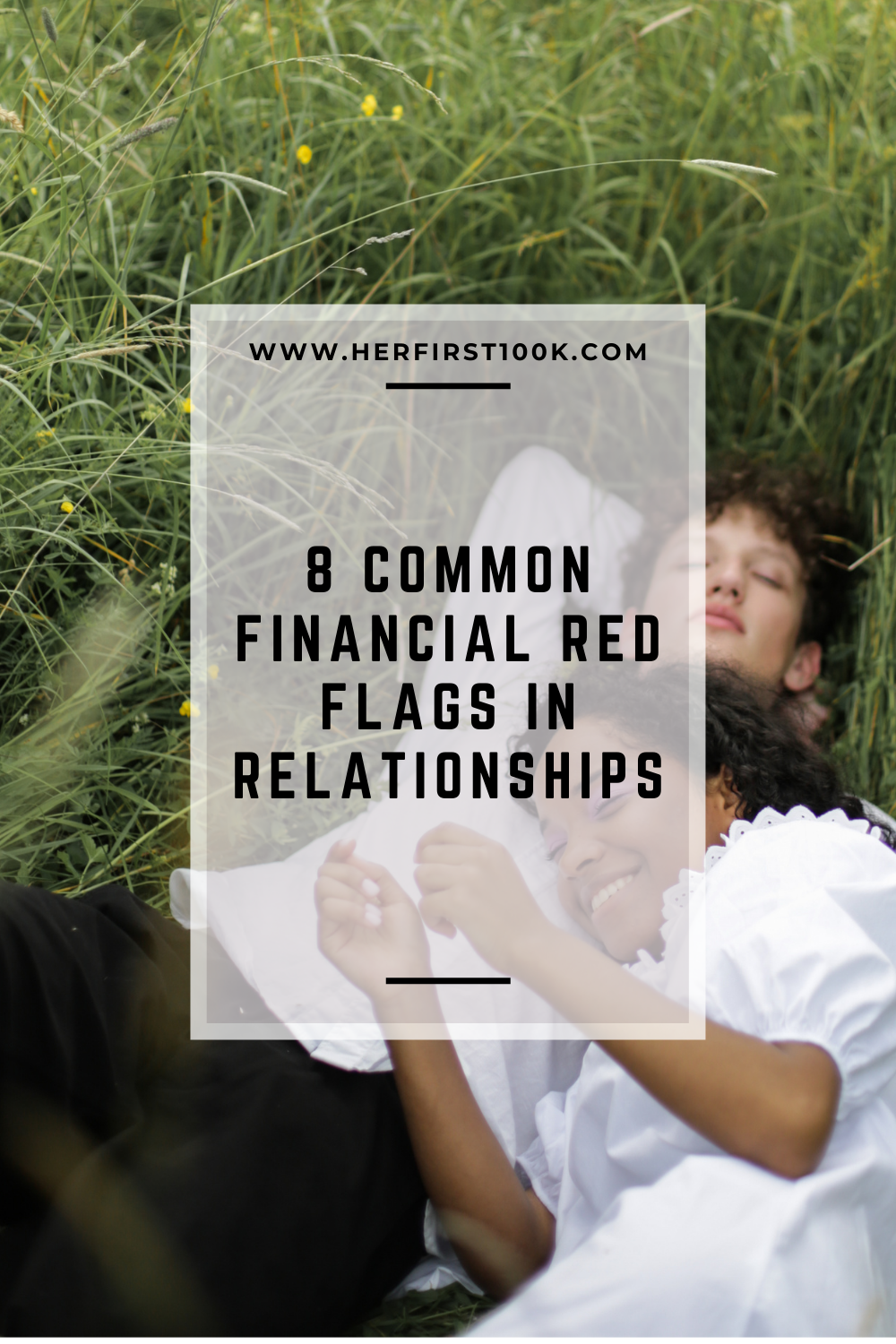The following article may contain affiliate links or sponsored content. This doesn’t cost you anything, and shopping or using our affiliate partners is a way to support our mission. I will never work with a brand or showcase a product that I don’t personally use or believe in.
There’s a quote from money expert Paula Pant that I absolutely love: “You can afford almost anything. You just can’t afford everything.”
I live by this motto and have helped thousands of folks do the same. But if you’re wondering about the “how” of affording almost anything, let me introduce you to values-based spending.
What is values-based spending?
In simple terms, values-based spending means you spend your money on what brings you joy—and only what brings you joy. I recommend selecting three value categories for how you want to spend your money (we’ll get to those soon!).
Before we go any further, let’s review the Three-Bucket Approach for budgeting.
- Bucket 1: Necessary expenses such as your rent, electric bill, water bill, etc.
- Bucket 2: Financial goals including your emergency fund, debt payoff, savings goals
- Bucket 3: Discretionary spending (this is where value categories come in)
After you cover the bills and set aside money for that retirement account, you get to spend some cash on YOU. Yay!
Why should you try value-based spending?
While value-based spending might naturally resonate with you (I mean you’re here, I know you have values), there are a few more reasons you might not consider:
- Ease money guilt. Money is a tool to build a life you love, and that includes spending on some things that are FUN.
- Stop using money as a coping mechanism. You don’t need to stop spending money, you just need to stop spending money on shit you don’t care about.
- Stick to your goals. By allowing yourself to spend money on things you truly care about, you can avoid extreme swings from complete austerity to full-on shopping spree.
What are money value categories?
Your value categories are the three areas of spending that bring you the most joy in life. These are totally unique to you.
Mine are traveling, eating out, and nesting (and by that I really mean plants). Whenever I spend money on these things, the ROI on my joy is off the charts.
How to pick your value categories
A funny thing happens when I mention values-based spending—people often tell me that they don’t know their values.
Two things:
- I get it. This isn’t something people ever really talk about.
- Yes you do. 😉 We just need to uncover them.
If some categories spring to mind right off the bat, write those down! They might not be your final categories, but they’re a great start.
Ask yourself these questions:
- What purchases absolutely light me on fire?
- What do I absolutely love spending the money I worked really, really hard for?
- When was the last time I was happy to spend money?
Maybe you went to a $$$ restaurant with a bill that would make your dad’s head explode, but it was totally worth it to you. Or maybe you buy a new chew toy for your pitmix without batting an eye.
Here are some examples of value categories from the community:
- Anna-Katharina: plants, art, crocheting
- Nicole: self-care/hobbies, traveling, and good food
- Debbie: self-care, eating out, buying plants
- Erin: travel, home organization/decor, health/fitness
- Khaytham: travel, eating, self-investment (coach, health, gyms etc)
- Teodora: sports/wellness, books, and nesting
- Whitney: traveling, nesting, and art
- Beth: concerts, time away, fitness memberships
- Katherine: books, food, spending time with family
- Charlene: concert tickets, travel, and self care
- Sam: gardening, my kitties, creating art
- Kim: I want four categories 😂😂
Common categories include: art, good food, home organization, health/fitness, self-investment, books, nesting, concerts, time with family, dancing, computers, gardening, outdoor activities, crafting, beauty, wine, cats, electronics, and SO many more.
Common mistakes to avoid when picking your value categories
While your value categories should be tailored to you, and can be super niche (gel polish colors for your at-home kit) or broad (I know many self-care queens), I want to give you a few suggestions.
- Avoid broad categories. “Food” can be a good one (hello, it’s one of mine), but I would encourage you to get a little more specific. Do you want to do a weekly date night with your husband? Try a new cooking class once a month? Travel to every spot from Diners, Drive-Ins, and Dives??? Narrow it down a little.
- Don’t add a category because you think you “should.” There are lots of folks who love trying new wellness trends—whether that’s a blind-folded pole dancing class or a healing (?) grounding mat. But if that’s not you, don’t put it down!! There’s no judgement here.
- Revisit your categories over time. You don’t need to do this often—say once a year—but your categories may change as you go through major life transitions. “Travel” might evolve into “family time” and that’s totally fine.
Applying values-based spending to your budget
Let’s revisit that opening quote: “You can afford almost anything. You just can’t afford everything.”
There is an important word there—you guessed it—”almost.”
You will probably still need to have some guardrails on your spending. That’s true for almost everyone.
And you might need to work on integrating your values into your spending. If you get coffee out every morning even though it’s not aligned with your values, it may still be a difficult habit to break.
One of the best ways to manage this process is to make this part of your money date review. Look at your statements, categorize your spending, and see how well your spending matches your value categories. This doesn’t need to be a perfect mathematical process, just get a gut check once you see the numbers.
Spending according to your values
When you combine your values with your budget, you not only save money on crap you don’t care about, but also get to enjoy your money more readily. You worked fucking hard for that money, you should enjoy it!!
Ready to feel financially whole?
For the first time EVER, I’m teaching ALL the strategies that have helped countless women save money, pay off debt, and grow their net worth (but really, feel happier, healthier, and more f*cking powerful).
In The $100K Club, you’ll get in-depth teaching from me, alongside every template I use to manage my own money, PLUS a community of champions to keep you accountable.



